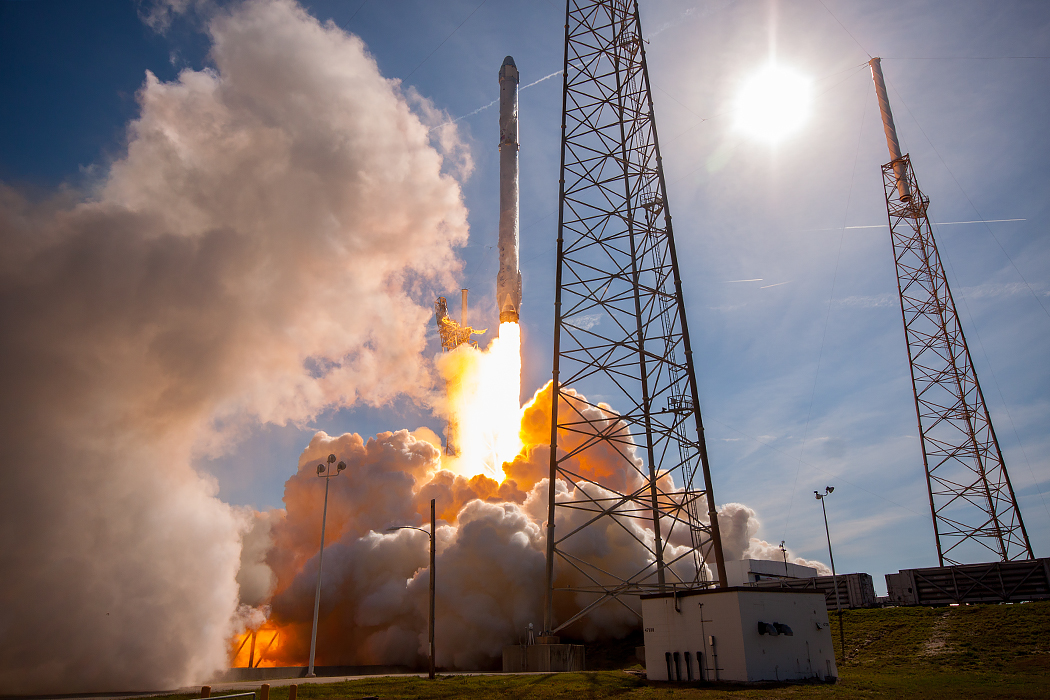
SpaceX’s Progress So Far
In September 2016, Elon Musk humbly admitted that:
When starting SpaceX I thought the odds of success were less than 10%, and I just accepted that actually, probably, I would just lose everything but that I would maybe make some progress. If we could just move the ball forward, even if we died, maybe some other company could pick up the baton and keep moving forward, so we’d still do some good.
In 2017, he has exceeded just moving the ball forward in nearly every way possible — on top of becoming an industry leader in space flight, he has made major advances for humanity. Most of these concern space technology that can be used multiple times, reflecting his aim to address the conundrum of rockets being “the only form of transportation on Earth where the vehicle is built anew for each journey. What if you had to build a new plane for every flight?”

SpaceX’s first major landmark this year was to launch a satellite into space on a booster that had already been used before. In March, the company successfully propelled the SES-10 communications satellite into orbit by reusing the Falcon 9 rocket that had previously launched the CRS-8 satellite.
Next came flying the same Dragon rocket to the International Space Station for the second time; the company’s 11th supply mission in total. While the rocket had to undergo significant refurbishment, the mission on the 3rd of June was a seminal accomplishment that convinced NASA of the potential of reusable rockets — Kirk Shireman, Manager of the International Space Station Program, told CBS that “we expect to increase the amount of reflight as (NASA’s contracts with SpaceX) proceed.”
What the Future Has in Store
The next milestone SpaceX is set to cross is to launch the Falcon Heavy — the rocket that “was designed from the outset to carry humans into space and restores the possibility of flying missions with crew to the Moon or Mars.”
If Musk’s tweet that “All Falcon Heavy cores should be at the Cape in two to three months, so launch should happen a month after that” is true, we could see this goal realized as early as September. While the test flight will not carry a human passenger due to safety concerns, it will instead transport the “Silliest thing we can imagine!” into space: after the Dragon carried an enormous wheel of cheese on its first flight, it’s anyone’s guess as to what the Heavy’s cargo could be.
SpaceX is also remarkable for the number of flights it is undertaking, not only their groundbreaking nature. So far this year, it has averaged a flight every three weeks; but the tempo of flights will increase even more. The launch calendar has flights planned on June 17th (BulgariaSat-1), June 25th (Iridium Next Flight-2), and July 1st (Intelsat 35E) — if all these go to plan, this would amount to three flights in two weeks.
SpaceX, then, is marching proudly into the future in terms of both the type and number of flights they are undertaking. While they had a challenging 2015 and 2016, their efforts and achievements in 2017 put them on the right path to achieving their most ambitious goal: putting humans on Mars by 2025.